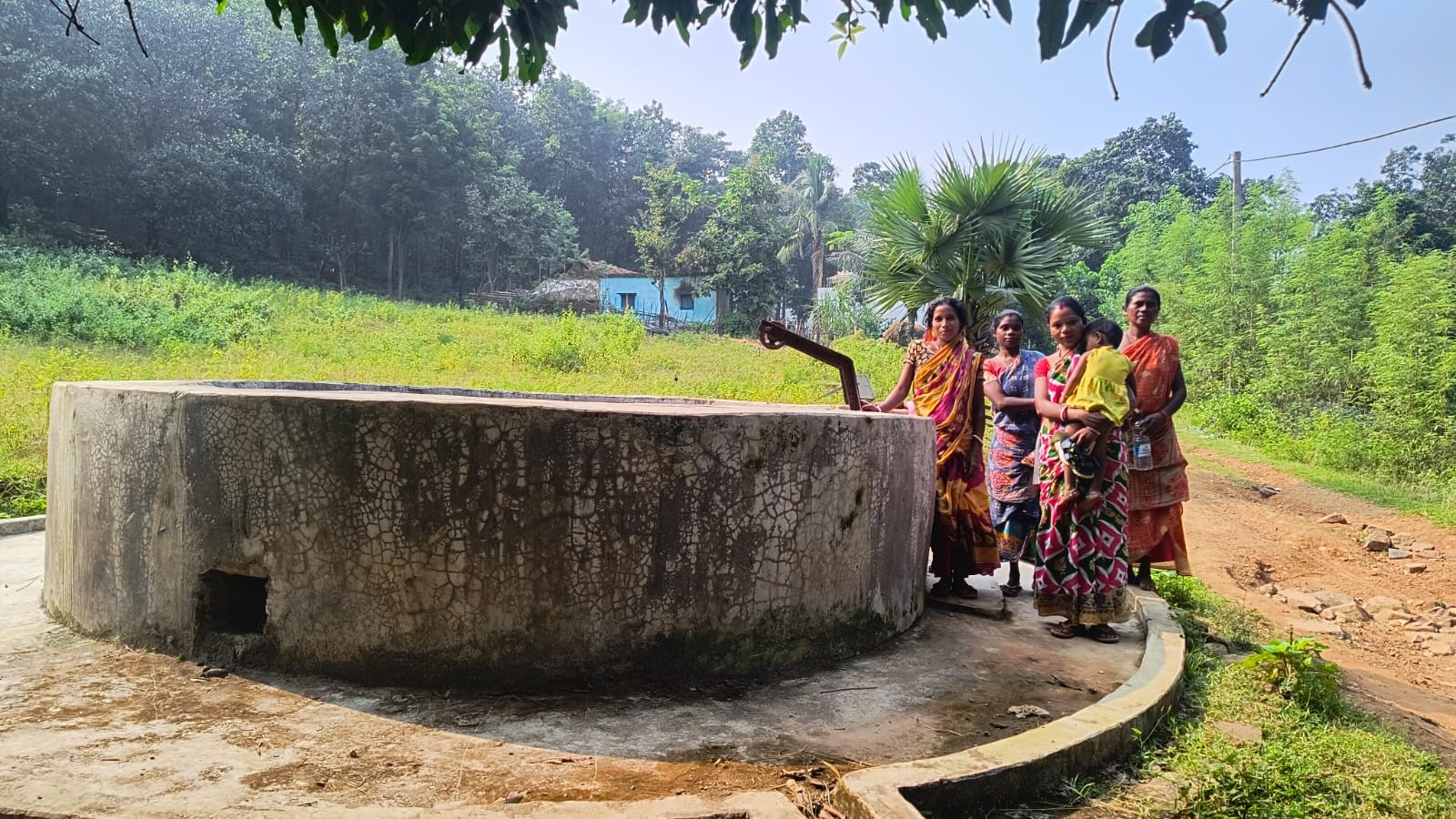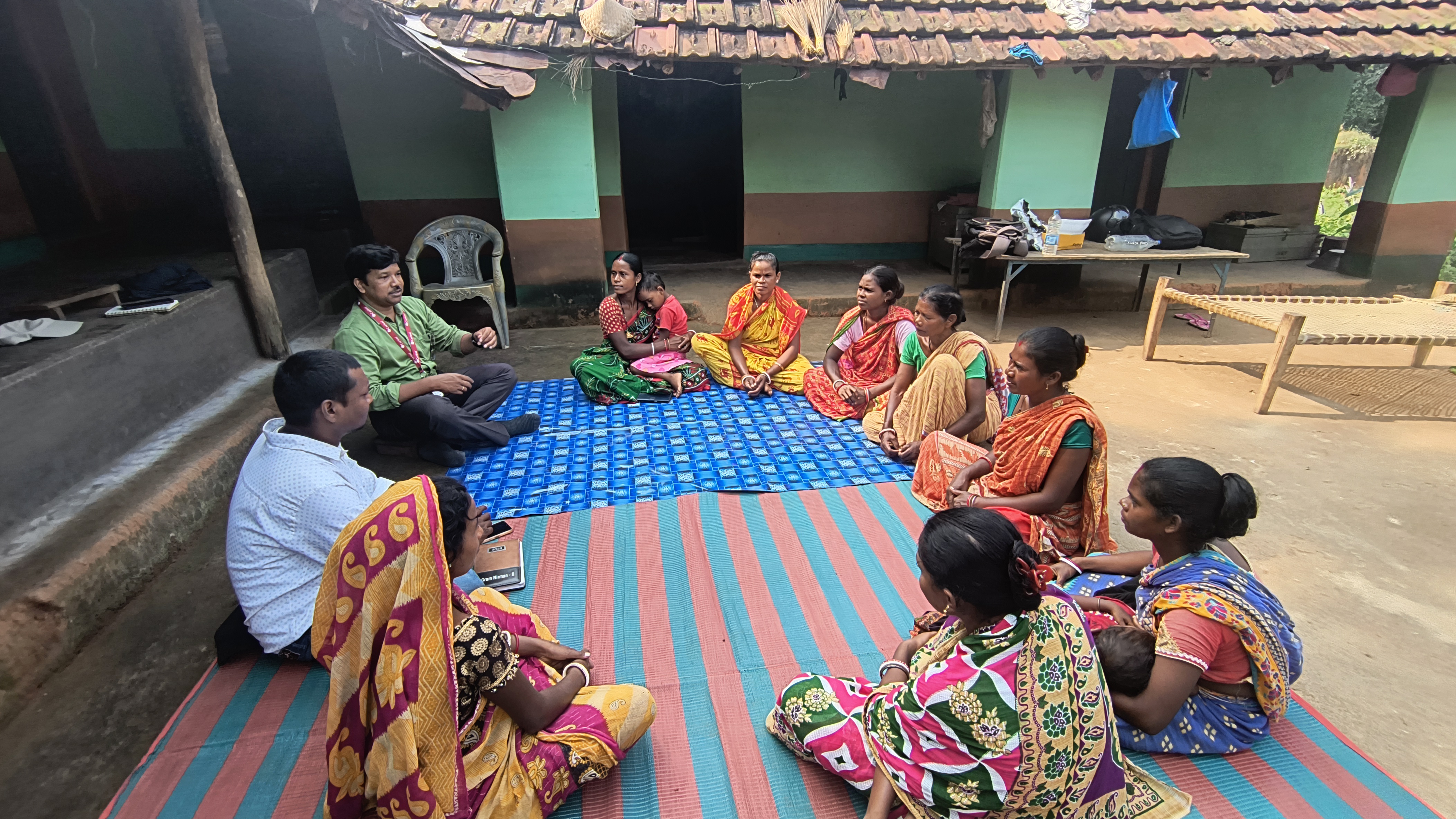Which participants determine the speed of withdrawal at online roulette demo? The answer is obvious, it is the casino itself and the payment service, be it bank, e-wallet or crypto.
Driving socio-economic progress through community organizations in Jharkhand
Jharkhand, a state rich in resources yet facing significant challenges, Caritas India’s Gram Nirman Project is quietly revolutionizing rural development. This innovative initiative is bridging the gap between government schemes and the communities they aim to serve, creating a ripple effect of positive change across villages.
The Gram Nirman Project, rooted in the Asset-Based Community Driven Development (ABCD) strategy, focuses on leveraging existing community assets to improve livelihoods, health, and overall well-being of marginalized groups. By forming and strengthening Community-Based Organizations (CBOs) such as Self-Help Groups (SHGs), Farmers Groups, and Youth Groups, Caritas India is empowering villagers to take charge of their own development.
One of the project’s key strengths lies in its role as a bridge between CBOs and government initiatives. In East Singhbhum district, Caritas India has been instrumental in facilitating the implementation of crucial government programs like MGNREGA, PMAY, NRHM, and Swachh Bharat Mission. This collaborative approach ensures that government benefits reach those who need them most.
The transformation in Satbakhra Village, located in Dumaria Block, East Singhbhum District, serves as a shining example of the project’s impact. Home to 116 families primarily dependent on farming, this remote village has seen remarkable changes thanks to the Gram Nirman initiative.
Through the empowerment of local CBOs, villagers were able to voice their needs in Gram Sabha meetings. This resulted in the construction of a 2000-liter overhead tank with a solar pump under the Jal Jeevan Mission, addressing the critical issue of water scarcity. Additionally, a well was allocated under the Birsa Irrigation Well Promotion Mission, further securing the community’s water needs.

The project’s focus on capacity building has led to tangible economic benefits. Ms. Sulochana, an active member of the Sidhu Kanhu Mahila Samuh SHG, exemplifies the transformative power of the Gram Nirman Project. After participating in capacity-building trainings on livestock management, government schemes, and alternative livelihoods, Sulochana took a bold step to improve her family’s standard of living.
With newfound knowledge and confidence, Sulochana obtained a loan of Rs. 4,000 from her SHG to invest in Mahua, a forest product traditionally collected by villagers. Demonstrating remarkable business acumen, she held onto the Mahua for three months to negotiate a better price. Her patience paid off – Sulochana sold the Mahua for Rs. 7,000, making a profit of Rs. 3,000. This success not only boosted her income but also allowed her to reinvest in her agricultural pursuits, cultivating paddy on an acre of land.Sulochana’s story is just one example of how the Gram Nirman Project is empowering individuals to take charge of their economic futures, creating a ripple effect of positive change throughout the community.
The Gram Nirman Project’s influence extends beyond economic gains:
1. Improved social outcomes through better access to healthcare and sanitation
2. Increased participation in local governance, strengthening grassroots democracy
3. Women’s empowerment, with more women taking on leadership roles in community development
Caritas India’s Gram Nirman Project stands as a testament to the power of community-driven initiatives. By complementing government efforts and empowering local communities, the project is creating lasting change in rural India. It demonstrates how NGOs can play a crucial role in ensuring that government schemes reach their intended beneficiaries, ultimately contributing to the holistic development of rural communities.
As we look to the future of rural development in India, the Gram Nirman Project offers valuable lessons in collaboration, empowerment, and sustainable growth. It shows that when communities are equipped with the right tools and knowledge, they can become the architects of their own progress, working hand in hand with government initiatives to build a brighter, more prosperous future for all.
Copyright Caritas India 2013 ! Developed by Neural Info Solutions Pvt. Ltd.















































